Alsace Uncovered: Discover the Enchanting Beauty of France’s Wine Country
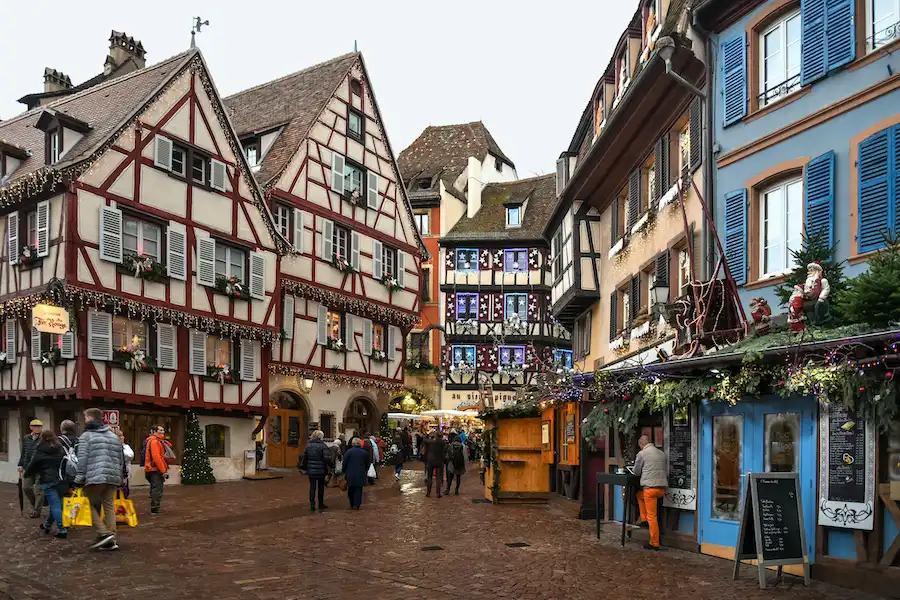
Alsace, nestled between the Vosges Mountains and the Rhine River along the French-German border, is a region steeped in history, culture, and natural beauty. Famous for its charming half-timbered houses, world-renowned wines, and scenic vineyard landscapes, Alsace offers a unique blend of French and German influences that captivate visitors. Whether you’re exploring its picturesque villages, savoring its culinary delights, or attending its vibrant festivals, Alsace promises an unforgettable experience.
Exploring Alsace’s Rich Heritage and Scenic Beauty
Picturesque Villages and Historical Architecture
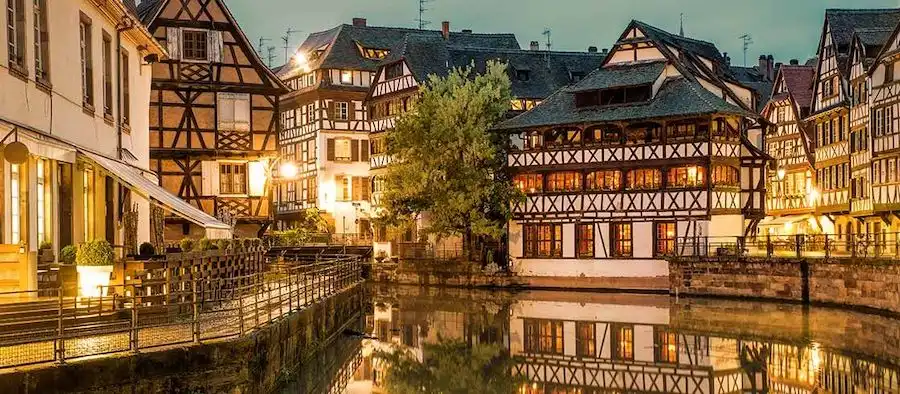
The towns and villages of Alsace, such as Colmar and Strasbourg, are known for their colorful, well-preserved medieval architecture. Colmar, with its Petite Venise (Little Venice) area and the iconic Maison des Têtes, is often considered one of the most beautiful small towns in France. Strasbourg, the capital of the region, offers a rich history with its stunning Gothic cathedral and the quaint district of La Petite France, a UNESCO World Heritage site.
Vineyards and Wine Tasting
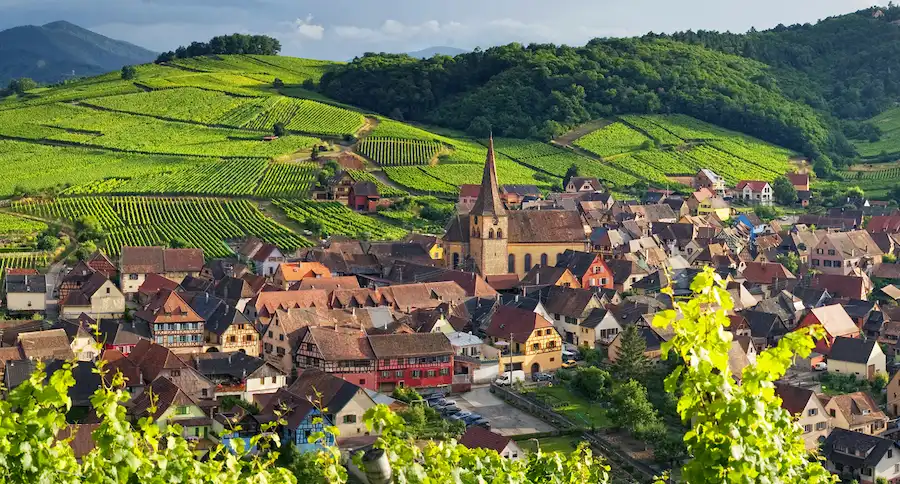
Alsace is renowned for its vineyards and wine route, the Route des Vins d’Alsace, which is one of the oldest in France. This route meanders through more than 100 wine-producing villages, offering ample opportunities for wine tastings and vineyard tours. Alsace is especially known for its aromatic white wines, such as Riesling, Gewurztraminer, and Pinot Gris.
Cultural Festivities and Culinary Delights
Local Festivals
The region is vibrant with festivals throughout the year, with the Christmas markets being particularly famous. These markets, especially the one in Strasbourg, draw visitors from all over the world and are renowned for their festive atmosphere, crafts, and traditional Alsatian Christmas treats.
Alsatian Cuisine
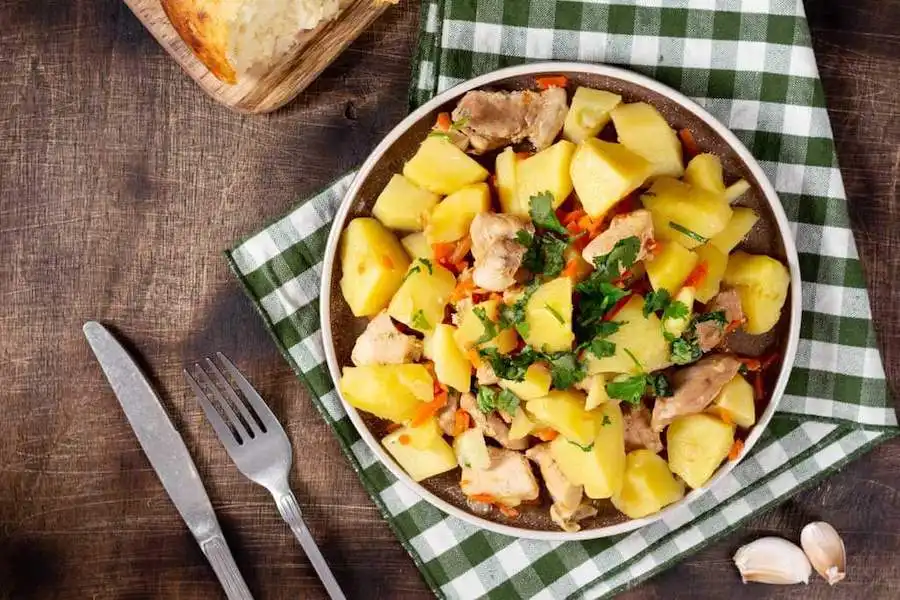
Alsace’s cuisine is a delightful fusion of French and German culinary traditions, featuring dishes like choucroute garnie (Alsatian sauerkraut with sausages, other salted meats, and potatoes) and tarte flambée (also known as Flammkuchen, a thin crust pizza topped with crème fraîche, onions, and bacon). The region is also famous for its pastries and desserts, particularly the kouglof.
Outdoor Activities and Nature Exploration
Hiking and Cycling
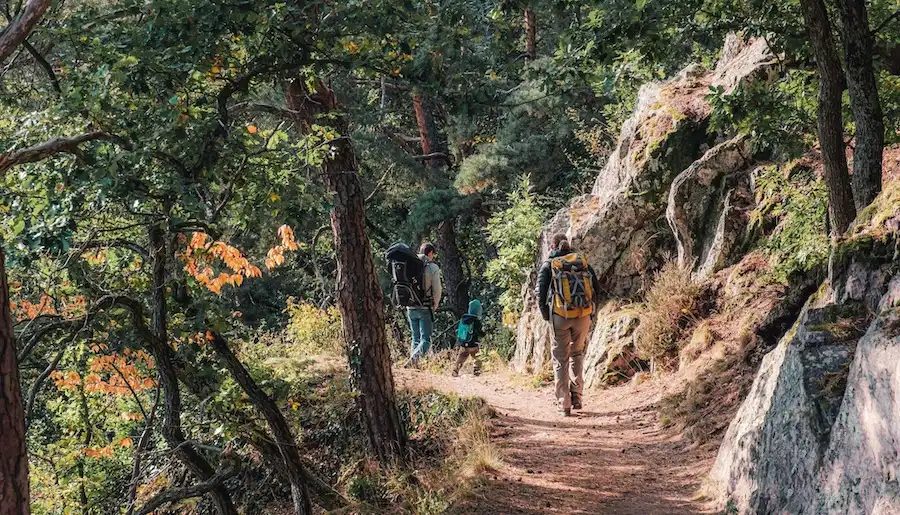
The Vosges Mountains offer numerous trails for hiking and cycling, providing stunning views of the Alsace plains and the Black Forest across the Rhine in Germany. The region’s natural parks, like the Parc Naturel Régional des Ballons des Vosges, offer a peaceful escape into nature with well-marked trails for all skill levels.
Castles and Ruins
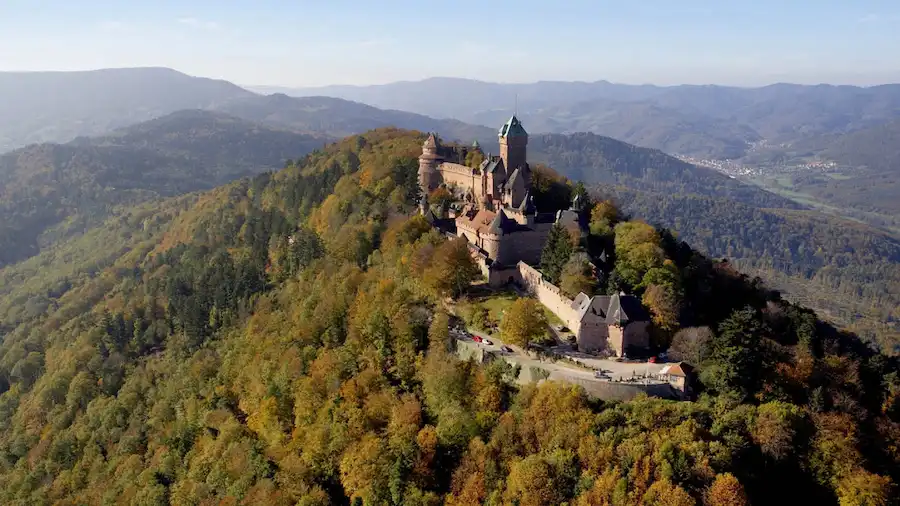
Alsace is dotted with ancient castles and ruins that reflect its tumultuous history. The Haut-Koenigsbourg Castle, restored in the early 20th century, stands out as a must-visit for its authentic medieval architecture and panoramic views of the surrounding countryside.
Planning Your Visit to Alsace
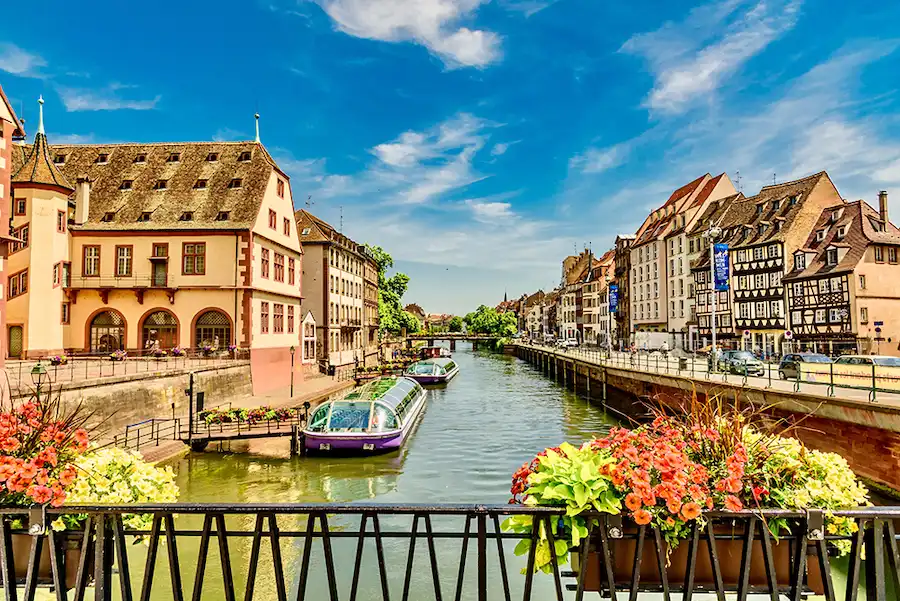
Best Time to Visit
The best times to visit Alsace are during the spring (April to June) when the vineyards are lush and the weather is mild, and during the festive winter months (November to December) when the Christmas markets are in full swing.
Getting There and Around
Alsace is well connected by the French rail network and the Strasbourg International Airport, making it easily accessible from major European cities. Renting a car is recommended for exploring the Wine Route and the region’s rural areas.
A Journey Through Alsace’s Wine Country
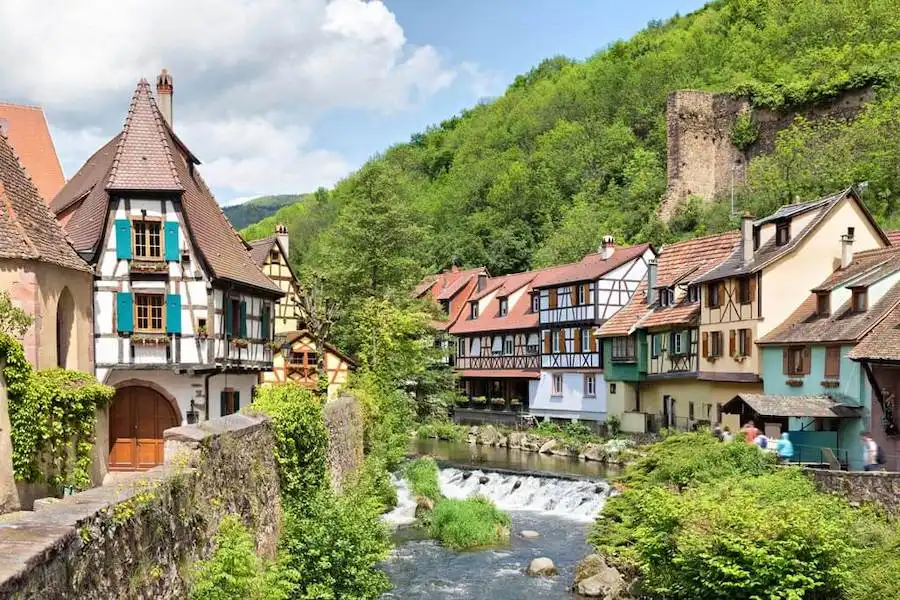
Alsace combines the charm of rural France with the robust culture and traditions of both French and German heritage. Its picturesque villages, historic sites, renowned wines, and delicious cuisine offer a rich, varied experience that resonates with history buffs, foodies, and nature lovers alike.
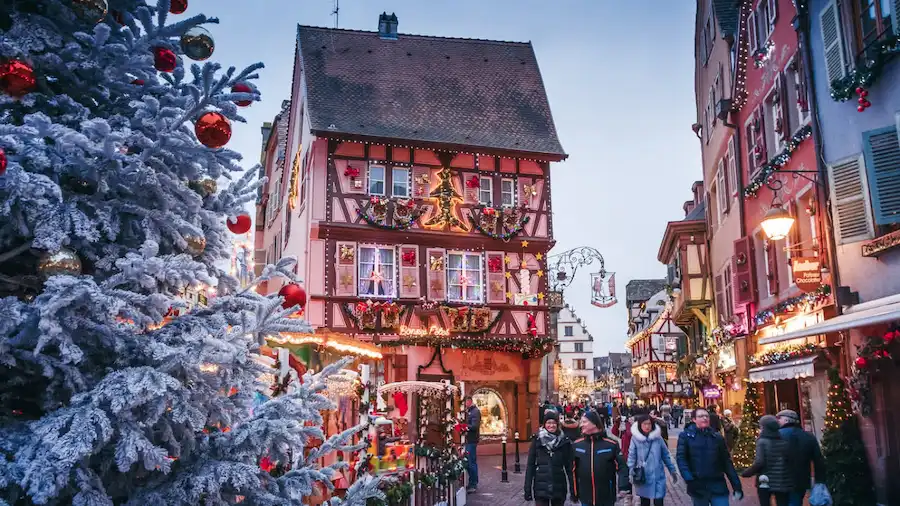
Discover the accommodation deals for Alsace region:
Booking.com















